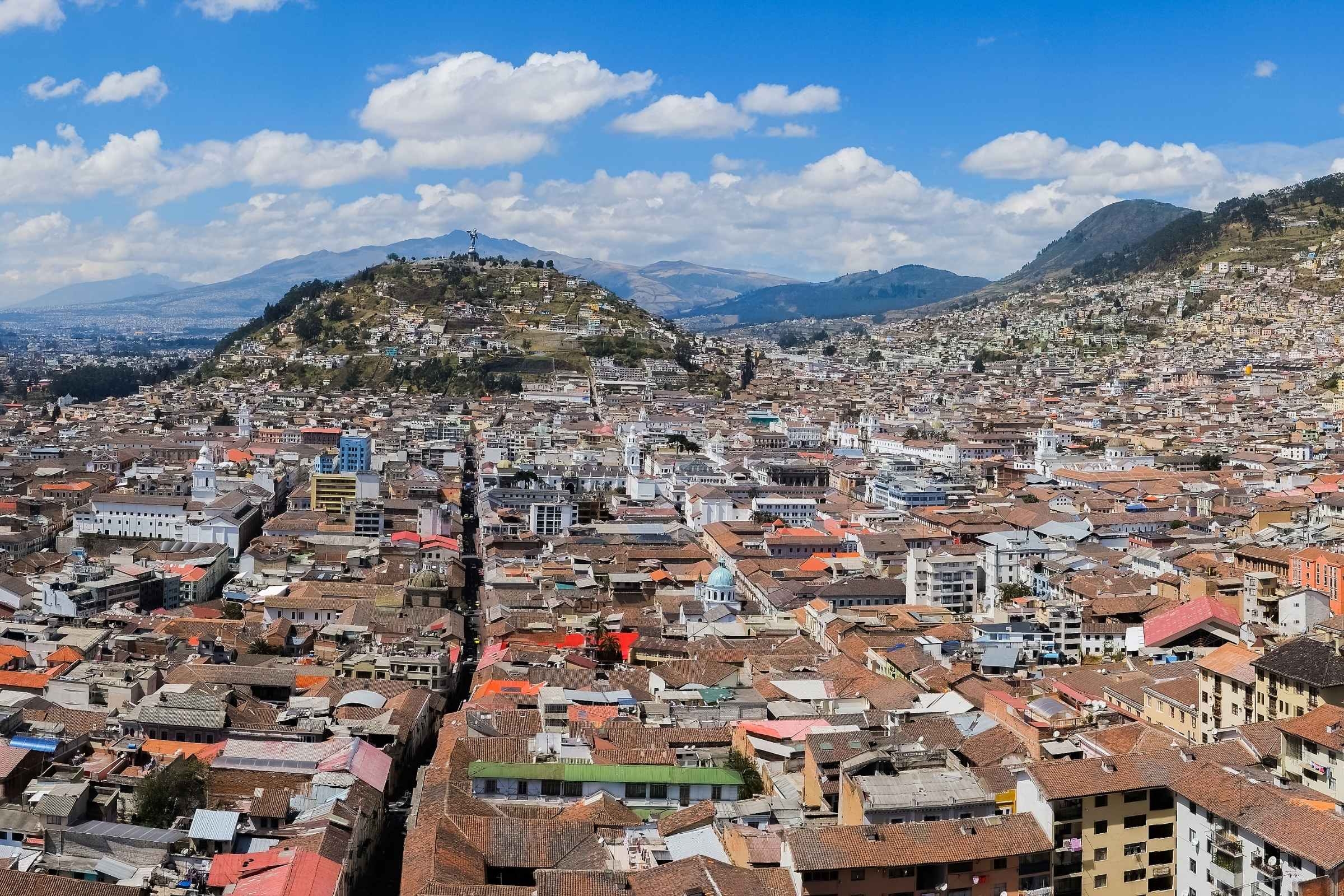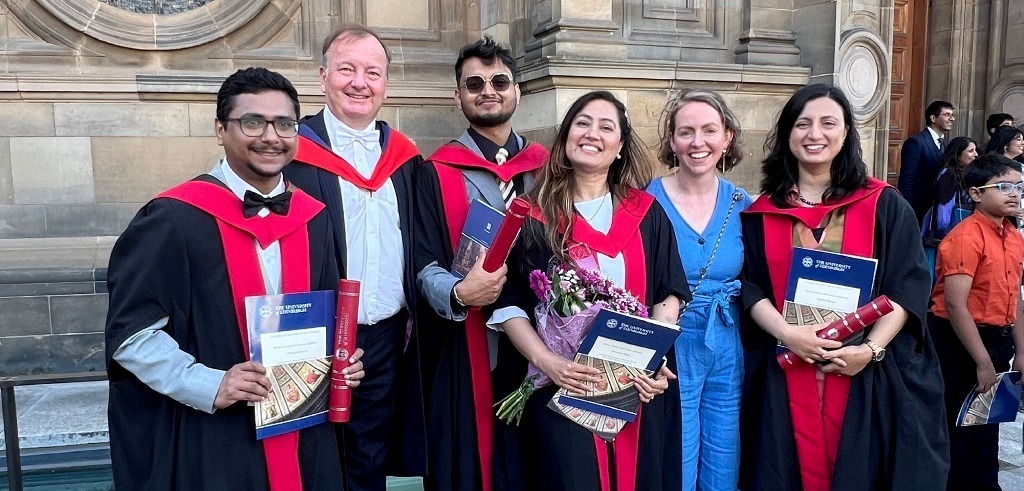
- Close
20/09/2022 | Quito
Tomorrow’s Cities Exhibitions in Quito

In Quito, two exhibitions in the framework of the Tomorrow’s Cities project were recently inaugurated. They are the culmination of a series of workshops and engagements with different members of the local communities and voice the ways in which they perceive and live risk but also how they navigate the geography of their city.
Los Caminos del Agua” – The Paths of Water
The Tomorrow’s Cities Quito Hub, in collaboration with “La Cabina de la Curiosidad” and the Foundation “Museos de la Ciudad” launched a temporary exhibition dedicated to “Los Caminos del Agua (The Water Paths)” at the Yaku Water Museum, a Quito interactive museum dedicated to water and part of the UNESCO Water Museums Global Network. The exhibition is enriched by the Wayku Project, a local project dedicated to the recovery of the “El Tejar” ravine which crosses the neighborhood of the same name. The project is using a participative approach to restore the biophysical integrity of El Tejar and reconnect the community to its biodiversity and natural wealth.
With this exhibition which encompasses an interdisciplinary network of technical and social scientists, artists, builders, environmental guardians, space planners, and inhabitants of various neighborhoods of Quito, the public will be able to observe from different points of view the hidden treasures behind the ravines of the city.
“By attending the exhibition, visitors can have a deeper look into a feature that is central in Quito’s geography but very often unnoticed: the ravines. They will be able to understand them in a bigger context related to the national and regional hydrography, volcanology and the historical perspective”
– Elisa Sevilla, Tomorrow’s Cities Quito Lead Researcher
 The “Caminos del Agua” exhibition inauguration ceremony
The “Caminos del Agua” exhibition inauguration ceremony
 “Caminos del Agua” inauguration ceremony at the Yaku Water Museum.
“Caminos del Agua” inauguration ceremony at the Yaku Water Museum.
“Los Barrios Hablan: Nos cuidamos en comunidad” – The Neighborhoods Talk: We take care of each other as a community
The Museum of Architecture of Ecuador and the San Francisco de Quito University, through the projects Gender, Intersectionality and Risk – a project financed by the ‘Gender Responsive Resilience and Intersectionality in Policy and Practice project – and Tomorrow’s Cities recently inaugurated an exhibition dedicated to how disaster risk is perceived in Quito’s communities and what can be done to reduce disasters in the future.
The exhibition seeks to answer questions from diverse perspectives of gender, age, social class, race, and disability. It uses memory, law, critical geography, methodologies of artistic practices and popular education to understand and experience how inequalities increase risk and how effective solutions can be provided.
 Los Barrios Hablán inauguration ceremony
Los Barrios Hablán inauguration ceremony
“In “Los Barrios Hablan”, the visitors explore how people from diverse backgrounds visualize their ideal neighborhood. These visions are a reflection not only from their desires and needs but also influenced by age, gender, race, social class, and other aspects, which evidences the importance of intersectional perspectives when planning urban spaces. “
– María Isabel Cupuerán, Researcher/Community Engagement
A very important highlight of the event was the presence of both community leaders and municipal authorities, two actors who have been historically disengaged and disconnected. In this way, the exhibition hopes to build bridges and create more spaces for the communities to be heard.
Both exhibitions are open to the public, but a series of visits and workshops with Tomorrow’s Cities stakeholders are planned. In this way, the Quito Hub researchers are looking to engage the project’s stakeholders with the research and participative processes results that led to the exhibitions but also to prompt another space to debate these topics.


